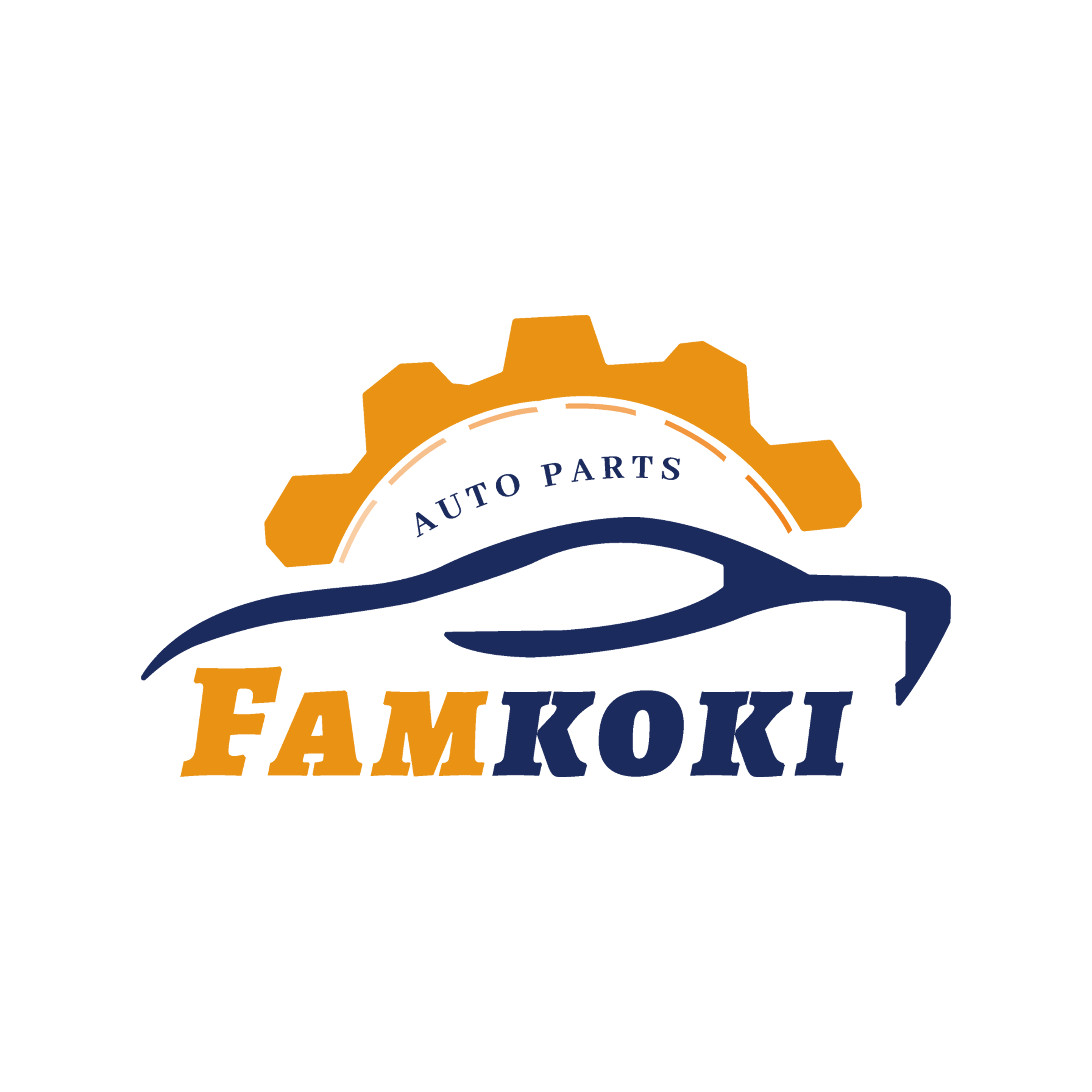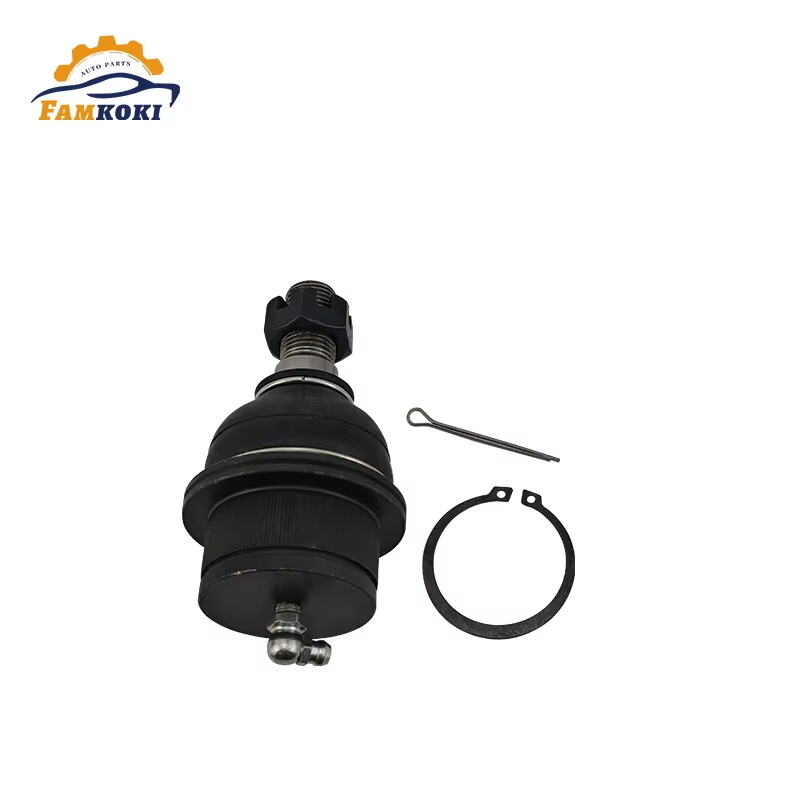Introduction
Regular suspension maintenance is crucial for ensuring vehicle safety and performance. The suspension system plays a vital role in maintaining vehicle stability, handling, and ride comfort, which are critical for safe driving. According to automotive safety organizations, neglecting these checks can lead to significant safety issues, including accidents caused by impaired vehicle control. Scheduled inspections not only enhance safety but also extend the lifespan of suspension components, ultimately saving vehicle owners the cost of expensive repairs or replacements. By regularly maintaining and inspecting your suspension, you contribute to a smoother, safer driving experience, while potentially avoiding the higher cost of addressing neglected issues later.
Key Suspension Components to Inspect
Shock Absorbers: Function and Wear Indicators
Shock absorbers play a critical role in ensuring a smooth ride by dampening the impact of road irregularities. These components are essential for stabilizing the vehicle, preventing excess bounce, and improving overall ride comfort. Signs indicating wear of shock absorbers include leaking fluid, excessive bouncing after the vehicle hits a bump, or visible rust. If these signs are present, it's likely that the shock absorbers need attention. Manufacturers typically recommend replacing shock absorbers every 50,000 miles or sooner if wear is observed. Adhering to this maintenance schedule ensures vehicle safety and optimal performance.
Struts: Structural Support and Damage Signs
Struts provide crucial structural support for both the weight of the vehicle and its alignment. Unlike shock absorbers, struts offer additional structural stability to the suspension system. Common indicators of damaged struts involve oil leakage and physical damage such as dents or corrosion. Conducting a straightforward visual inspection can easily reveal if the struts are functioning correctly or require urgent attention. Maintaining well-functioning struts is essential, as they significantly impact handling and the overall safety of the vehicle.
Control Arms: Alignment and Bushing Connections
Control arms are vital for connecting the vehicle's suspension to its frame, ensuring proper wheel alignment. These components work in conjunction with bushings to provide a stable and well-aligned ride. When inspecting control arms, check for signs of cracks, bends, and worn bushings, as these can cause noise and negatively affect vehicle handling. Proper alignment is not only crucial for extending tire life but also for preventing excessive tire wear, which can lead to instability while driving.
Bushings: Vibration Isolation and Cracking Risks
Bushings are essential for absorbing shocks and reducing vibrations between moving parts in the suspension system. Their failure can result in increased noise, alignment issues, and an uncomfortable ride. Cracking or wear on bushings is a common problem, causing these detrimental effects. Inspecting bushings regularly is crucial, as undetected failure can lead to serious suspension problems elsewhere in the system, compromising vehicle stability and comfort.
Ball Joints: Steering Precision and Lubrication Needs
Ball joints are pivotal components for steering and suspension movement, allowing for smooth directional changes. When ball joints wear or fail, it often manifests as a knocking sound during turns, indicating potential problems and the need for immediate attention. Regular lubrication checks can play a significant role in preventing wear and extending the life of ball joints. Keeping ball joints well-maintained ensures precise steering and overall vehicle handling.
Springs: Weight Distribution and Sagging Tests
Springs play a vital role in supporting the vehicle's weight, impacting ride height and comfort. Testing for sagging involves measuring the vehicle’s height to check for any unevenness, which may indicate that the springs are worn out. Replacement of springs may become necessary if they can no longer support the vehicle's weight properly, as this could lead to compromised ride quality and increased wear on other suspension components. Properly functioning springs ensure balanced weight distribution and a stable ride.
Recognizing Symptoms of Suspension Wear
Unusual Noises (Clunking, Squeaking)
Unusual noises such as clunking and squeaking often point to loose suspension components or worn-out parts. These noises can be an early warning sign, flagging potential issues that could lead to more significant damage if left unchecked. Automotive specialists emphasize the importance of identifying these sounds promptly to prevent escalation. Regularly listening for changes in noise can aid in proactive maintenance and extend the life and performance of your suspension system.
Uneven Tire Wear Patterns
Uneven tire wear is often an indicator of suspension wear or alignment issues. Keeping an eye on tire tread patterns can provide valuable insights into the health of your vehicle's suspension. Irregular tire wear can also have broader effects, such as reduced fuel efficiency and compromised road safety. Addressing these issues promptly not only enhances driving performance but also ensures a safer and more economical driving experience.
Excessive Bouncing or Body Roll
If your vehicle experiences excessive bouncing or body roll, especially during turns, it could suggest that the shocks or struts are wearing down. This kind of instability not only affects driving comfort but can also compromise vehicle control and traction. Regular suspension system tests are crucial to evaluate performance and ensure every component is functioning optimally, thereby maintaining stability and safety on the road.
Step-by-Step DIY Suspension Inspection
Essential Tools for Home Inspections
A successful DIY suspension inspection starts with gathering the right tools. Essential items include a jack and jack stands to safely elevate your vehicle, as well as wrenches and a torque wrench for precision work. It's also vital to prioritize safety by using proper gear, such as gloves and safety glasses, to prevent accidents during inspection. Referencing vehicle-specific manuals will further aid in identifying the necessary tools required for effective maintenance. This preparation ensures you have everything needed to tackle suspension issues efficiently.
Visual Checks for Leaks and Corrosion
Conducting visual checks for leaks and corrosion is crucial in evaluating your suspension's condition. Start by inspecting the shock absorbers and struts for any signs of leakage, as this might indicate component wear. Moreover, look for corrosion, which can weaken parts significantly, making them susceptible to failure. Regularly performing these checks, even when the issues seem minor, can significantly extend the lifespan of your suspension system by allowing you to address potential problems before they escalate.
Bounce Test for Shock/Strut Effectiveness
The bounce test is an easy method to assess the functionality of your shock absorbers. To perform it, press down firmly on each corner of your vehicle and then release—your car should return to its normal position without excessive bouncing. This simple test helps highlight performance issues early, allowing you to take corrective action before they affect driving stability. By incorporating this routine test into your maintenance plan, you ensure your suspension remains effective.
Grease Check on Ball Joints and Bushings
Ensuring that ball joints and bushings are properly greased is fundamental to prolonging their lifespan and securing your driving safety. Applying and checking for sufficient lubrication prevents excessive wear, which can occur from poor or infrequent maintenance. As a critical step in maintaining suspension health, keeping grease levels optimal assures smooth joint movement and helps in preventing costly repairs down the line. Regular inspections and maintenance of lubrication can significantly impact the longevity and performance of your suspension system.
When to Repair vs. Replace Suspension Parts
Assessing Minor Wear vs. Structural Damage
Understanding the difference between minor wear and structural damage is vital for making informed decisions about your vehicle's suspension maintenance. Minor wear, such as squeaking sounds during a drive or slight surface scratches, can often be resolved with simple repairs or lubrication. On the other hand, structural damage, such as severe cracks or bends in control arms or struts, indicates a need for replacement to maintain vehicle safety. To ensure accurate assessment and appropriate action, consulting with a suspension specialist can be invaluable.
Cost Comparison: Bushings vs. Control Arm Replacement
The cost difference between replacing bushings and control arms can significantly impact your vehicle maintenance budget. Bushings, which serve as cushions between moving suspension parts, are typically less expensive and straightforward to replace. Neglecting them, however, can lead to accelerated wear of the control arms, necessitating a more costly replacement. Proactively budgeting for regular inspection and maintenance of bushings can prevent these additional expenses, promoting the longevity and safety of your vehicle's suspension system.
Safety Risks of Delaying Critical Repairs
Delaying critical suspension repairs not only endangers your safety but also amplifies the costs in the long run. Suspension issues can compromise vehicle handling, increasing the likelihood of accidents. Regular inspections and timely repairs ensure your car remains safe to drive, avoiding unexpected and hefty repair bills. Automotive experts consistently emphasize the importance of addressing suspension problems promptly to safeguard both the longevity of the vehicle and the safety of its occupants.
FAQ Section
Why is regular suspension maintenance important?
Regular suspension maintenance is essential to ensure vehicle safety, maintain performance, prevent costly repairs, and provide a smooth and safe driving experience.
What are the signs of worn-out suspension parts?
Signs of worn-out suspension parts include unusual noises like clunking or squeaking, uneven tire wear, excessive bouncing or body roll, and steering wheel vibration.
How often should shock absorbers be replaced?
Manufacturers typically recommend replacing shock absorbers every 50,000 miles or sooner if there are visible signs of wear such as leaks or rust.
How can I perform a simple DIY suspension inspection?
A DIY suspension inspection involves gathering the right tools, conducting visual checks for leaks and corrosion, performing a bounce test for shock absorbers, and ensuring ball joints and bushings are properly greased.
When should I repair vs. replace suspension parts?
Minor wear such as squeaking may require simple repairs, whereas structural damage like severe cracks indicates a replacement is necessary. Consulting with a specialist helps in making informed decisions.
 EN
EN
 AR
AR
 FR
FR
 KO
KO
 PT
PT
 RU
RU
 ES
ES


